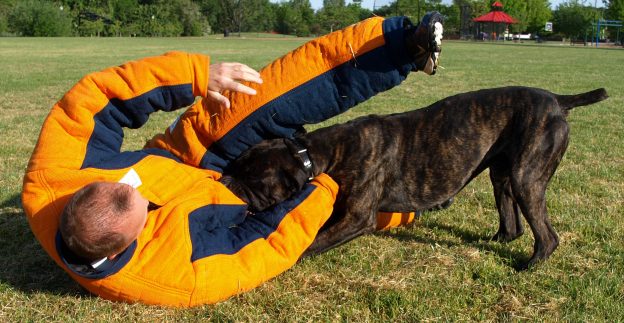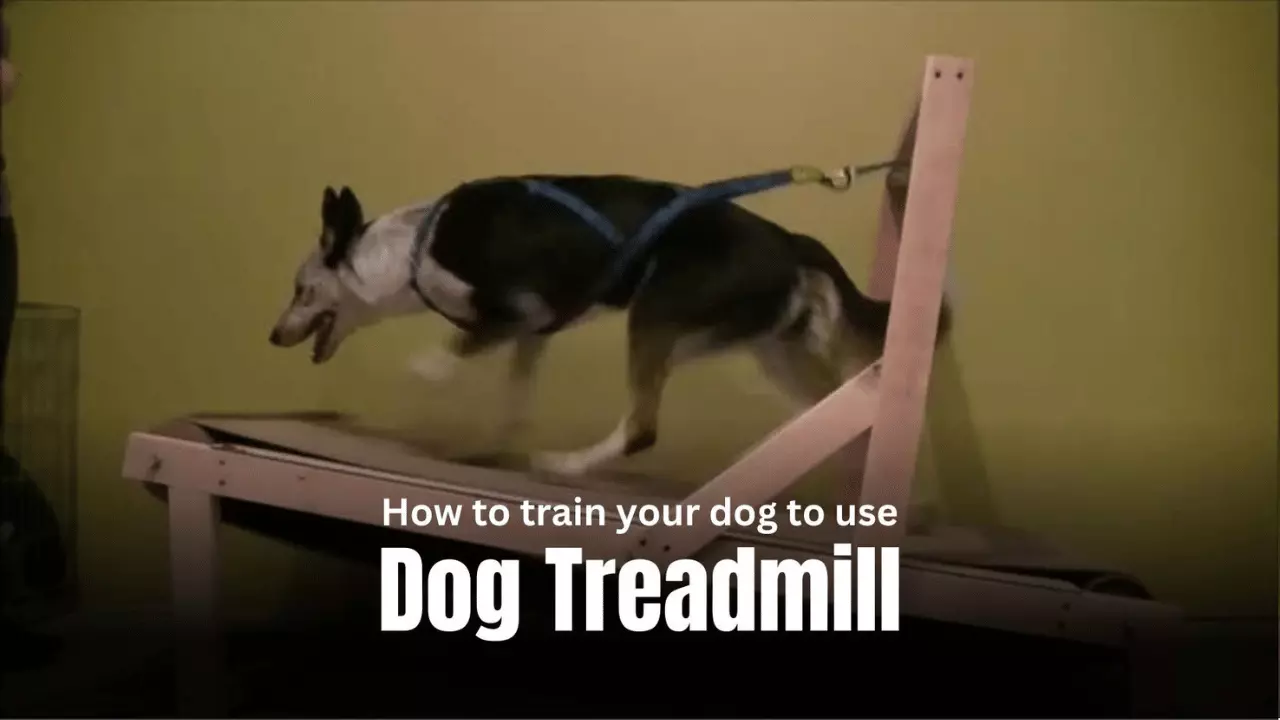Mastering Dog Training: 10 Essential Tips for Beginners
Unleash your dog’s potential with 10 essential training tips for beginners. Master the art of dog training and build a lifelong bond!
Dog training is an important aspect of responsible pet ownership, allowing you to establish a harmonious relationship with your furry friend. Whether you’ve recently welcomed a new puppy into your home or have an older dog that could benefit from some training, mastering the art of dog training can be a rewarding experience for both you and your four-legged companion. In this article, we’ll explore ten essential tips for beginners to help you get started on your dog training journey.
Welcoming a dog into your family is an exciting time, but it’s crucial to understand the significance of training. Training not only helps prevent behavioral issues but also ensures the safety and well-being of your dog. By investing time and effort into training, you can create a strong bond based on trust, respect, and effective communication. Let’s delve into the essential tips that will set you on the path to mastering dog training.
1. Understanding the Importance of Dog Training
Dog training is not just about teaching your dog to follow commands. It is a comprehensive process that fosters a positive and well-adjusted pet. By providing training, you can enhance your dog’s mental stimulation, prevent boredom, and create a harmonious environment for your entire family.
2. Establishing a Positive Relationship with Your Dog
Building a positive relationship is the foundation of successful dog training. To achieve this, it’s essential to establish trust and respect with your furry friend. Spend quality time together, engage in play sessions, and use positive reinforcement to reinforce good behavior. Remember, a happy dog is more receptive to training.
3. Setting Up a Training Routine
Consistency and repetition are key when it comes to training your dog. Establish a training routine that includes short and regular sessions. Dogs thrive on structure, so having a consistent schedule will help them understand what is expected of them. Additionally, incorporating rewards such as treats or praise will reinforce positive behavior.
4. Basic Commands and Obedience Training
Teaching basic commands is an essential part of dog training. Start with simple commands like sit, stay, and come, using positive reinforcement to reward your dog when they respond correctly. Leash training is also crucial for their safety during walks and outings.
5. Socializing Your Dog
Socialization plays a vital role in shaping your dog’s behavior and temperament. Introduce them to various environments, sounds, and experiences from an early age. Encourage positive interactions with other dogs, people, and different situations to help them become confident and well-rounded.
6. Addressing Behavioral Issues
Every dog may exhibit some behavioral issues at some point. Address these issues promptly and with positive reinforcement rather than resorting to punishment-based methods. Understand the underlying causes of the behavior and use training techniques tailored to your dog’s specific needs.
7. Using Clicker Training and Targeting Techniques
Clicker training is a popular and effective method that uses sound cues to mark desired behaviors. Combine this technique with targeting exercises, where your dog learns to touch an object with their nose or paw, to enhance their focus and agility.
8. Advanced Training Techniques
Once your dog has mastered the basics, you can move on to advanced training techniques. Teach them fun tricks or advanced commands, such as fetching specific objects or mastering complex agility courses. Consider participating in obedience or agility competitions to challenge your dog and showcase their skills.
9. Patience and Persistence
Training a dog requires patience and persistence. Remember that every dog learns at their own pace, and progress might not always be linear. Celebrate small victories and remain consistent in your training efforts. With time, dedication, and love, your dog will continue to improve.
10. Seeking Professional Help
If you encounter challenges or feel overwhelmed during the training process, don’t hesitate to seek professional help. A certified dog trainer can provide guidance, identify specific areas for improvement, and offer tailored solutions for your dog’s needs. Research trainers in your area, read reviews, and choose someone who uses positive reinforcement techniques.
Conclusion
Mastering dog training is a journey that requires time, effort, and dedication. By following these ten essential tips for beginners, you can establish a strong bond with your dog and create a well-behaved and happy companion. Remember to be patient, celebrate achievements along the way, and seek professional help when needed. With your commitment and love, your dog will become a well-trained and cherished member of your family.
FAQs:
1. How long does it take to train a dog?
Training duration can vary depending on the dog’s breed, age, and previous training experiences. It is essential to be patient and consistent, as some dogs may require more time to grasp certain concepts than others. Training is an ongoing process that continues throughout a dog’s life.
2. Can I train an older dog?
Absolutely! Dogs of all ages can benefit from training. While older dogs may have established habits, they are still capable of learning new behaviors and commands. Tailor the training to their specific needs and be patient as they adjust to the training process.
3. What if my dog has behavioral issues?
Behavioral issues are not uncommon, and they can often be addressed through proper training techniques and positive reinforcement. Understanding the underlying causes of the behavior and seeking professional help if needed can greatly assist in modifying and managing these issues.
4. Should I use punishment-based training methods?
Punishment-based training methods can have negative consequences and may harm the trust and bond between you and your dog. It is generally recommended to focus on positive reinforcement techniques, using rewards and praise to encourage desired behaviors.
5. Can I train my dog by myself, or do I need a professional trainer?
You can certainly train your dog on your own with dedication and consistency. However, if you feel overwhelmed or encounter challenges that you are unsure how to address, seeking the help of a professional dog trainer can provide valuable guidance and support.
-

The Best Online Dog Trainer Review
Do you have a dog but tired of shouting and yelling at it without getting result? Is your dog finding it difficult to obey your command? Are you currently having conflict with your dog and you are thinking of the best way to resolve the conflict and have your dog obey you? If these are…
-



Why go for Personal Protection Dogs?
Considering Personal Protection? Trained dogs offer loyal companions & superior home security. Learn the benefits!
-



Top 10 Best Dog Training Apps 2021
Unleash your pup’s potential with the Best Dog Training Apps of 2021! Discover top-rated apps for behavior, tricks, & more. Train your dog like a pro!
-



11 Essential Dog Walking Tips for New Dog Owners
Did you know being a pet owner can benefit your mental and physical health? New puppy owners need to learn how to train their dogs to walk.
-



SportDOG 100 Yard Remote Trainer: Elevate Your Dog’s Training Experience
Discover the versatile SportDOG 100 Yard Remote Trainer for effective dog training. Improve obedience & build a stronger bond with your furry friend today!
-



A Comprehensive Guide to the Best Puppy Training Treats
Discover top puppy training treats! Enhance your pup’s learning with the best rewards. Explore our comprehensive guide for effective training.
-



Use Dog Training Pad
Discover effective dog training pads to ease your pup’s learning journey! Explore now for hassle-free training. #DogTraining #PuppyPads
-
How to: Master the Art of Teaching Your Dog to Bow
Unleash your dog’s inner performer! Learn how to teach your dog to bow with this step-by-step guide: Master the Art of Teaching Your Dog to Bow!
-



Mastering Dog Training: 10 Essential Tips for Beginners
Unleash your dog’s potential with 10 essential training tips for beginners. Master the art of dog training and build a lifelong bond!
-



Teaser About the Benefits of Using a Halo Collar for Dog Training
Benefits of Using a Halo Collar for Dog Training, Dog Training, Halo Collar for Dog Training, Halo Collar for Dog Training Reviews, Halo Collar for Dog Training Techniques, Halo Collar for Dog Training Tips, TrainingRevolutionize your dog training with the cutting-edge Halo Collar – Experience unparalleled control, safety, and peace of mind.
-



Mastering the Art of Training Your Dog to Use a Treadmill
Choosing the Right Treadmill, Dog Treadmill Safety Tips, Treadmill Exercise Benefits for Dogs, Treadmill Training for Dogs, Treadmill Training TechniquesUpgrade your dog’s fitness: master training dogs to use a treadmill. Learn safe and effective tips for exercising your furry friend.
-



A Guide to Understanding Dog Crates: Types, Uses, and Benefits
Discover the different types of dog crates and their uses and benefits Learn how to choose the right crate for your pet!
-



Ways to Enhance House Security with Trained Pets
Upgrade your home security with trained pets. Discover effective ways to enhance your home’s safety today.
-



How to Refrain Your Puppies from Biting
Stop puppy biting with these effective tips. Learn how to train your furry friend today and enjoy a bite-free home. Act now!
















